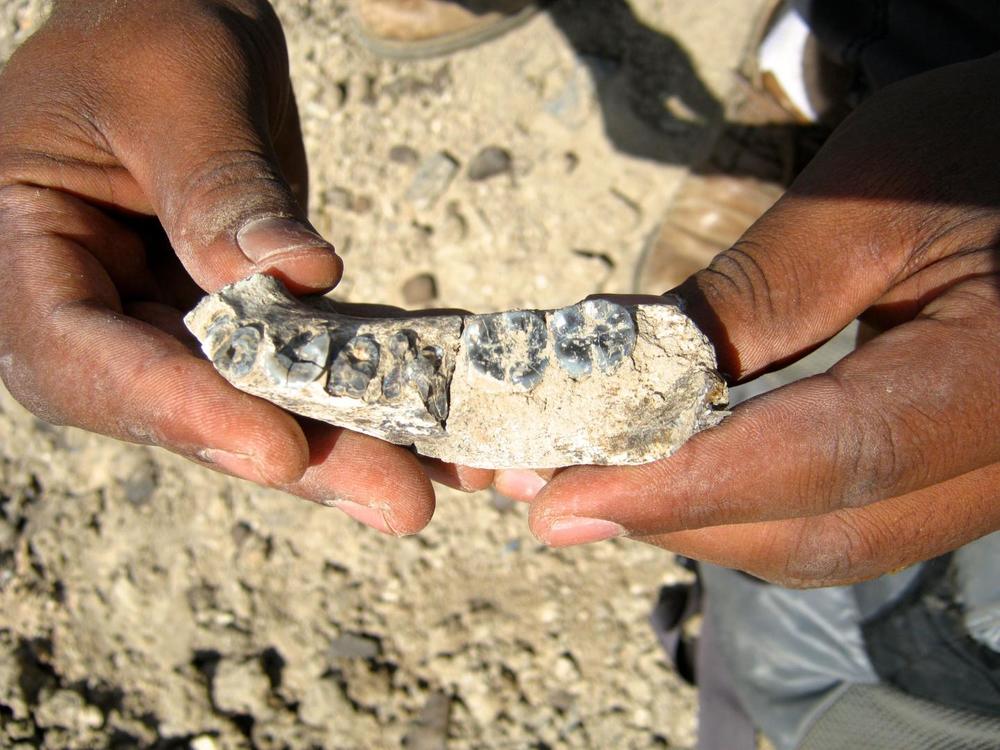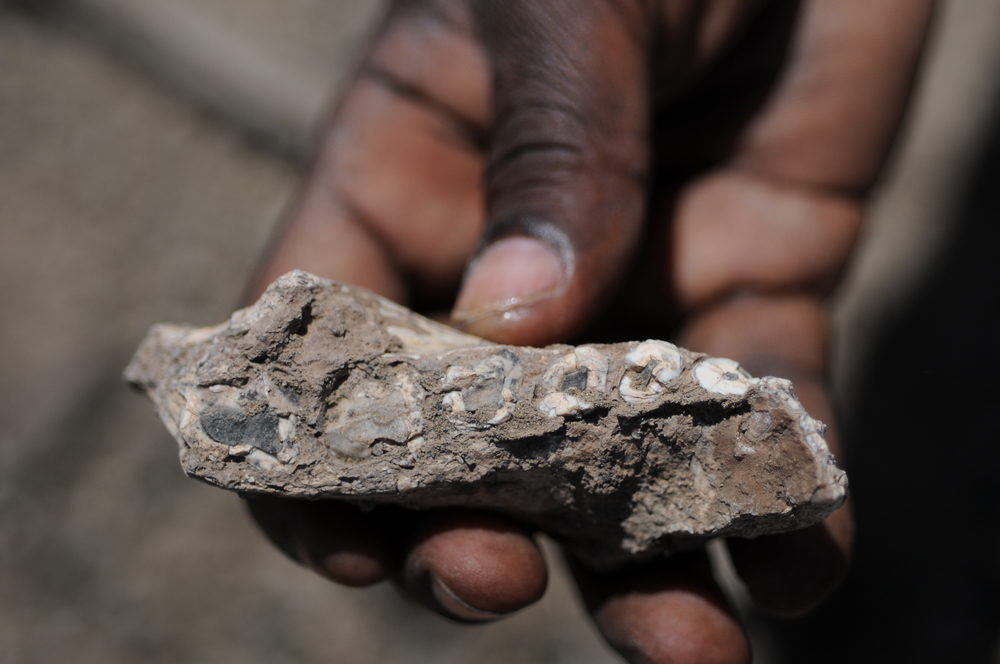In the News
September 24 marks World Gorilla Day, a day to celebrate our close ape cousins. It also commemorates the day Dian Fossey established the Karisoke Research Center in the Virunga Mountains of Rwanda.
All species of gorillas are critically endangered according to the Red List maintained by the International Union for the Conservation of Nature (IUCN), but that does not mean there’s no hope for these animals.

According to the results of a census published in May 2018, the mountain gorilla population in East Africa’s Virunga Mountains numbered 604 as of June 2016, up from 480 in 2010. The population hit an all-time low of 242 individuals in 1981.
The mountain gorilla (Gorilla beringei beringei) is a subspecies of the eastern gorilla with two distinct sub-populations: one in the Virunga Mountains and another in Uganda’s Bwindi Impenetrable National Park. A census conducted in 2011 found approximately 400 gorillas living in Bwindi Impenetrable National Park, meaning that the total number of mountain gorillas is now believed to be more than 1,000 individuals.
According to the Dian Fossey Gorilla Fund International, the recent census of the Virunga sub-population confirms that the mountain gorilla is “the only wild ape population whose numbers are known to be increasing.” The group also noted that research has shown that the increasing mountain gorilla population is due largely to “intensive daily protection” provided by national park authorities and other conservationists.
Dr. Tara Stoinski, President, CEO, and Chief Scientific Officer of the Fossey Fund, which was a partner organization involved in the census, said that the results represent “a huge success for conservation at a time when such success stories are increasingly rare.” Stoinski added that “All those working to protect mountain gorillas — the governments of Rwanda, Uganda and [Democratic Republic of the] Congo; conservation organizations; and local communities — have a lot to be proud of.”

The mountain gorilla is listed as Critically Endangered on the IUCN Red List, though the IUCN’s last assessment of the subspecies’ threat status was completed in 2008.
Mountain gorillas’ conservation status is still quite perilous, however, as they continue to face numerous threats due to their limited habitat and increasing pressures from encroaching human populations. Wire and rope snares set for game like antelope, in particular, pose a significant danger. The survey teams who performed the census said they discovered more than 380 snares, which they dismantled — though they were too late in at least one case in which they came upon a snare that already contained a dead gorilla.
The long-running conflict in eastern Democratic Republic of the Congo (DRC) often spills over into Virunga National Park, as well, taking a further toll on wildlife. Earlier this year, five rangers and a driver were killed in an ambush by suspected members of an armed militia in what’s been called the deadliest attack in Virunga National Park’s history.

The IUCN released a report in January showing that the park, which was founded in 1925 as a means of protecting the mountain gorillas living in the forests of the Virunga Mountains, is one of the most threatened natural World Heritage Sites in the world.
“The continued growth of the mountain gorilla population is a fervent reminder of the importance of continued conservation strategies,” Virunga National Park’s director and chief warden, Emmanuel de Merode, said in a statement. “In light of hardships the Park has suffered, this news is incredibly important to us.”
The census of the Virunga sub-population was led by protected area authorities with the governments of the DRC, Rwanda, and Uganda, the three range states of the mountain gorilla, and supported by the International Gorilla Conservation Programme, a coalition of Fauna & Flora International and WWF.

Conservationists were quick to celebrate the increasing mountain gorilla population as a much-needed instance of good news, even if they remain wary of the many persistent and looming threats the subspecies must still contend with.
“This is fabulous news for mountain gorillas and shows what we can do for wildlife when NGOs, governments and their communities work together,” Margaret Kinnaird, Wildlife Practice Leader at WWF, said in a statement.
“However, the high number of snares encountered and the numerous other threats they face including climate change indicate that the battle is far from won. The three gorilla range countries and their partners must continue to work together to safeguard the Virunga Massif — not only for the protection of these incredible creatures but also for the welfare of the local people with whom they share the landscape. The mountain gorilla story can be a model for how to restore and maintain our earth’s precious biodiversity.”
Sir David Attenborough even weighed in, saying in a statement: “When I first visited the mountain gorillas in 1979, the situation was dire; the number of these remarkable animals was dreadfully small. It is incredibly heartening therefore to see how the efforts of so many different groups — communities, governments, NGOs — have paid off. The threats to mountain gorillas haven’t disappeared entirely, of course, so now the challenge must be to ensure that these achievements are sustained long into the future.”
The Leakey Foundation has funded research on gorillas since our beginning in 1968. You can help!
CITATION
• Robbins, M., Gray, M., Kümpel, N., Lanjouw, A., Maisels, F., Mugisha, A., Spelman, L. & Williamson, L. 2008. Gorilla beringei ssp. beringei. The IUCN Red List of Threatened Species 2008: e.T39999A10292321. doi:10.2305/IUCN.UK.2008.RLTS.T39999A10292321.en. Downloaded on 05 June 2018.
This article was written by Mike Gaworecki for Mongabay.com and was republished with a Creative Commons license. Click here to read the original article.


